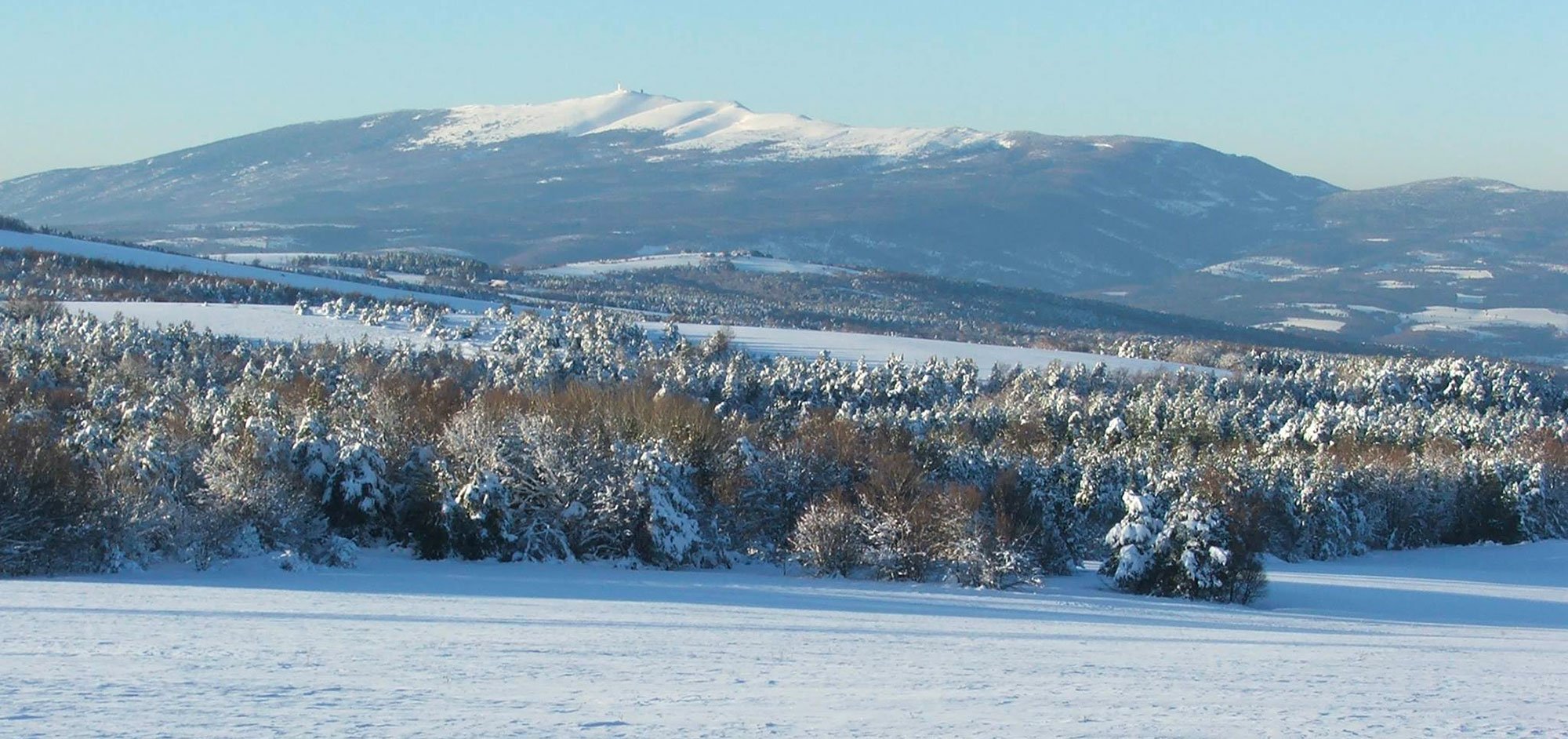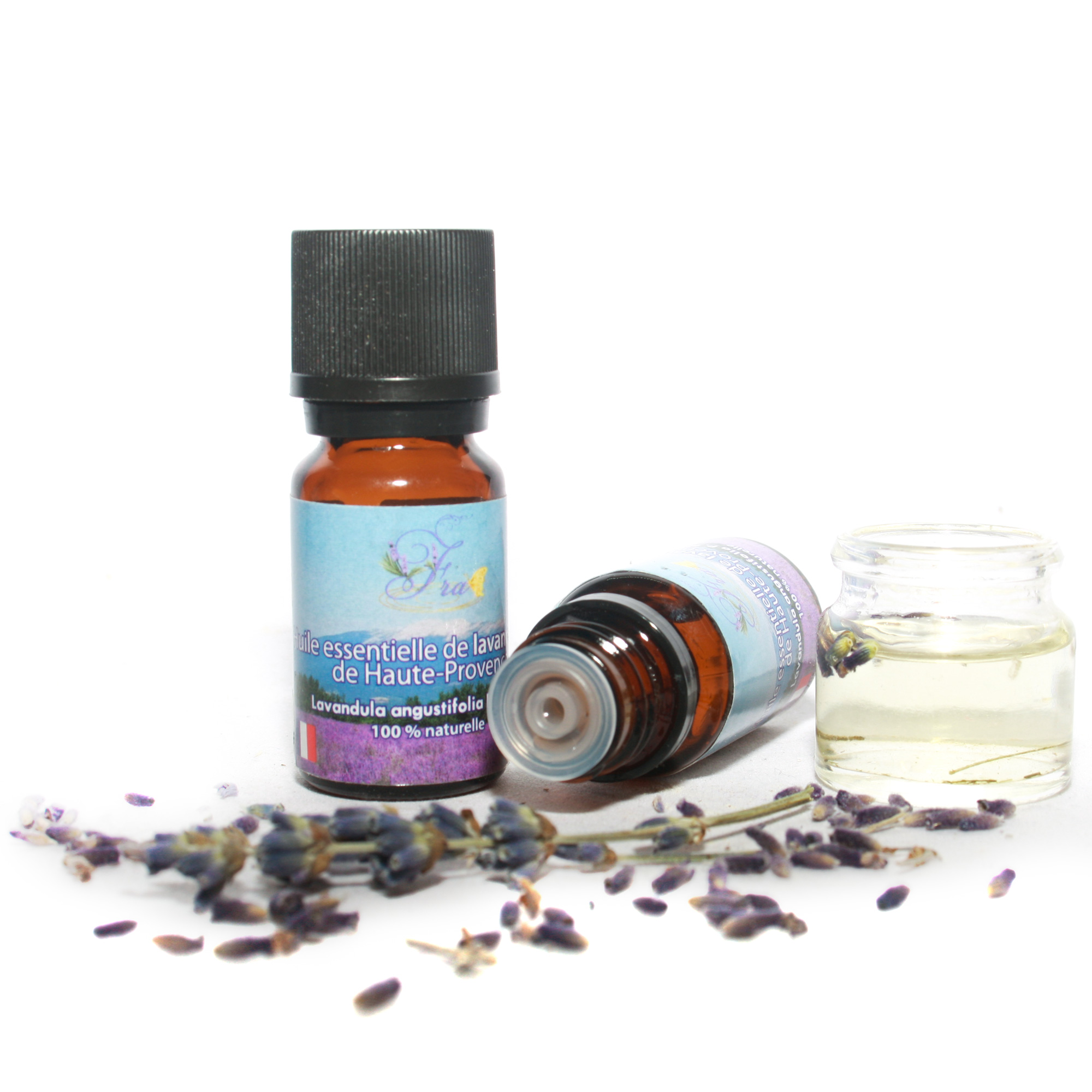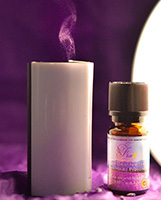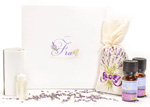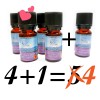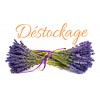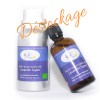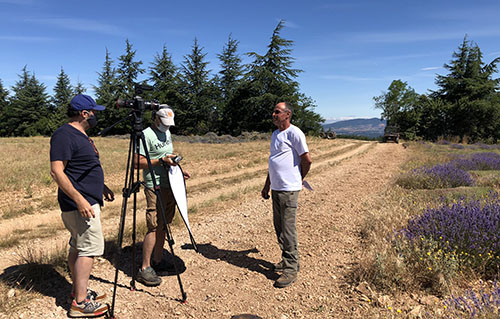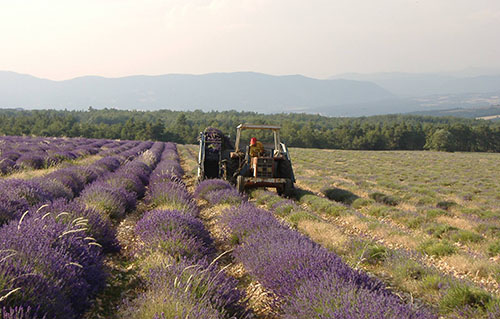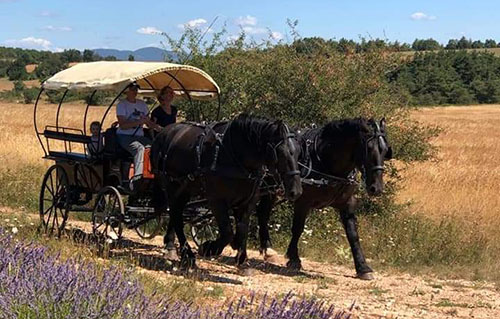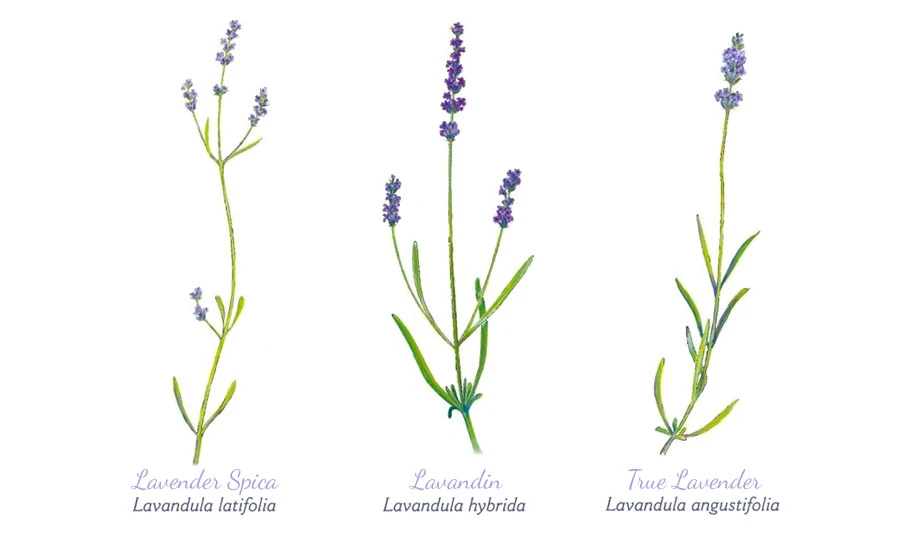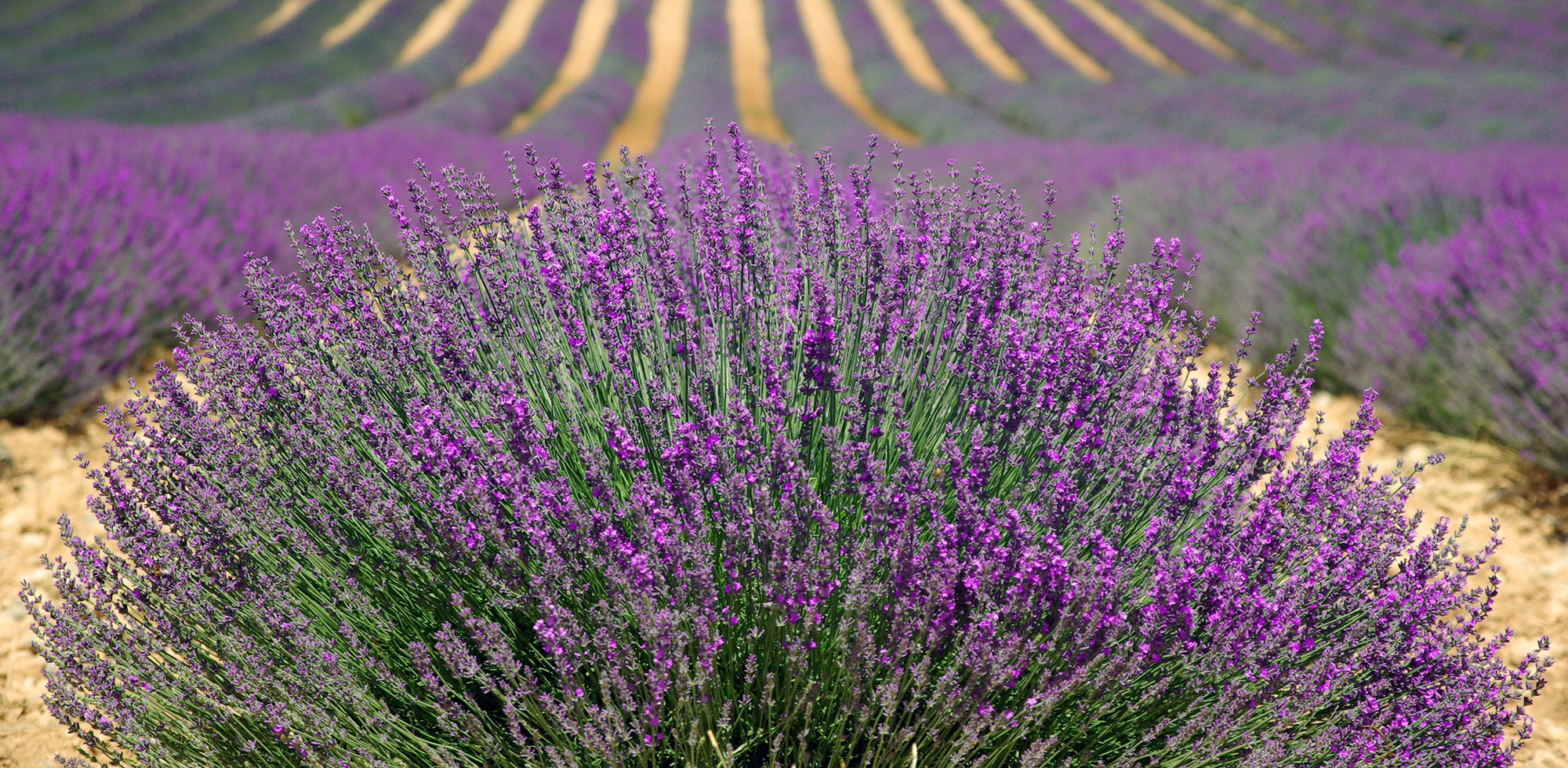
Lavanders
& Essential Oils
Be careful, not all lavender you find on the market is the same.
The resulting essential oils therefore do not have the same properties, nor even the same quality.
"Lavender Essential Oil from Haute-Provence PDO"
guarantees you a unique product whose fame is a benchmark all over the world.
Guarantee of origin and traditional quality.
This is the authentic Haute Provence lavender essential oil, the only one entitled to PDO.
The traceability is perfect and the administration can at each stage of the marketing, carry out unannounced checks.
All of this was desired by the growers to protect what is considered to be the best lavender produced in the world and maintain its prestige.
In the globalized market that we know today, we find lavender or mixtures of various origins.
But it is important to know that any purchase of PDO lavender (or product containing it in the formula) generates a fallout that exclusively benefits the Producers of Haute Provence, thus contributing to their maintenance in these difficult areas of dry mountains, so that they continue to produce the best, while perpetuating the great beauty of the landscapes of Provence which inspired Jean Giono.
This is why it seems essential to us to provide you with some details on lavenders, lavandins and the resulting products.
There are a lot of lavender essential oils in the trade donated for true lavender essential oil which is in fact just clonal lavender. We therefore draw your attention to these differences which might seem minimal but which have a considerable influence on the quality of essential oils, and their price of course..
There are several wild lavenders in France:
- Butterfly Lavender, Lavandula stoechas
- Spica lavender, lavandula spica or latifolia
- Fine lavender, lavandula angustifolia vera p.miller or lavande vraie, or population lavender or even officinal lavender.
In the state of culture only, from human hand,
- Lavandin, grosso, super, ...
- Clonal lavender, maillette, materone, or blee (for bouquets or flower).
Large amalgams: Fine lavender, clonal, or lavandin? What differences ?
Our fine lavender: The population lavender
Lavandula angustifolia p.miller, of its scientific name or fine lavender, population or true lavender, all these qualifiers are for this wonderful plant with a subtle and fine fragrance, unlike aspic and butterfly lavenders. It grows between 600m and 1200-1500m altitude.
It has only 1 flowering top per stem, no additional bracts like the aspic.
It is this lavender that the perfumers of Grasse prized and which made Provence famous throughout the world.
Only she can claim PDO.
Clonal lavender
There are many varieties: the mallet, the materone, the blue (for the bouquets or the flower).
It is lavender angustifolia - fine lavender, but it has been cloned. We therefore obtain on one hectare, 12.000 completely identical lavender plants, given that they are clones, the color of the field at the time of flowering is uniformly of the same color.
The first producing country is Bulgaria.
The first country There is only the PDO which can guarantee you a lavender of population, which guarantees the quality and the properties of the essential oil of fine lavender.
Clonal lavender represents 80% of the sale of "lavender", it produces on average 70 / kg / ha. but unfortunately traders, manufacturers and even most producers do not differentiate and sell you clonal lavender for lavender angustifolia.
Lavandins
One day a farmer found a plant he did not know, which did not reproduce, but which was very big and smelled very strongly. He made cuttings from it and from then on lavandin was born.
There are so many varieties of lavandin, the human imagination for hybrid creation is limitless.
The most common being the "grosso". The latter has a very camphoric smell just like aspic lavender (or spica).
"Super" lavandin, on the other hand, is much thinner, much less camphorated than its half-brother, it looks much more like the scent of fine lavender than aspic lavender.
Lavandins have a flowering top in the shape of very large spikes with 2 small bracts like asp lavender.
The color of a lavender field is uniformly blue because all individuals are the same, and plants can easily reach 1m3.
Currently lavandin is widely used in industry, present in many everyday products, from toilet paper to soap bars, through industrially synthesized perfumes.
So what ?
To better understand the great difference in interest between these 2 plants, think about this question:
Would you prefer to discuss with 10.000 identical people who have the same speech and the same ideas or with 14.000 different people in terms of ideas, color, size, size,…?
10.,000 and 14.000 being the number of plants on a hectare respectively for lavandin and population lavender. Clonal lavender standing at 12.,000 totally identical plants, just like clonal lavender.
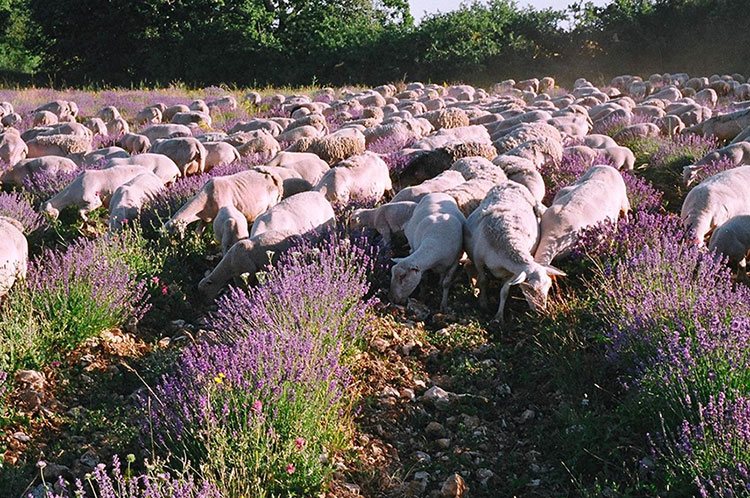 A little more about fine lavender...
A little more about fine lavender...
The so-called "true" lavender, Lavandula angustifolia or Lavandula vera, is a plant belonging to the Lamiaceae family. It is also known by the names of officinal lavender, or fine lavender. True lavender is the most famous variety because it is the one with the finest fragrance and the purest essential oil.It can be white to blue-purplish in color, being a population lavender each individual has its own color.
Thanks to the Romans who brought it over 2,500 years ago, we find it in the wild, in southern France in Provence, northern Italy and Greece. It needs calcareous, dry, warm soil in summer and frost in winter.
Discovered in antiquity, the Romans used lavender as a perfume: they put it in the laundry to wash it (hence its name, Lavender comes from the word "lavare" meaning "I wash" in Latin), in the bath water, in the cupboards to perfume and to keep moths away. We also know that Napoleon Bonaparte used it as a perfume.
In Europe, from the Middle Ages, it was cultivated in gardens. It is present in those of herbalists and monasteries. It is then used for its healing, anti-lice, antiseptic and antivenom properties (especially in the event of a snake bite), as well as to fight plague, in the form of fumigations or plasters.
The first scientific research dates from the 16th century, at the faculty of Montpellier. This confirms at this time the toning and antiseptic properties of lavender.
From the 18th century, we observe a development of its medicinal uses.
The creation in 1759 of the corporation of master perfumers in the city of Grasse created an increasing demand for lavender, resulting in a boom in wild picking and then it was put into organized cultivation.
Until the 1930s it was not really cultivated but earlier collected with the sickle in the hills of Haute Provence. From the 1930s it was replanted as rays to facilitate harvesting, then agricultural machinery gradually replaced men, and today everything is mechanized.
Fine lavender is used in aromatherapy, cosmetics...
After a prosperous period at the beginning of the 20th century, with the establishment of numerous perfumeries in the Grasse region, there was a decline from the 1950s.
Modern industrial production with the systematic cultivation of clonal lavender and lavandin (a natural hybrid between L.angustifolia and L.latifolia known as Aspic), less expensive, has destroyed the small trade in true lavender.
It is making a comeback thanks to the attraction of luxury cosmetics and perfumery, herbal medicine and aromatherapy. It is sometimes replaced in aromatherapy by lavandin, but beware a hybrid or a clone cannot bring you the richness of a population lavender.
A field of fine lavender in full bloom has a fantastic color panel, ranging from white to navy blue to every possible purple blues imaginable, there are 14,000 different individuals in the field.
They produce 15 to 20 kg of essential oil per hectare.
